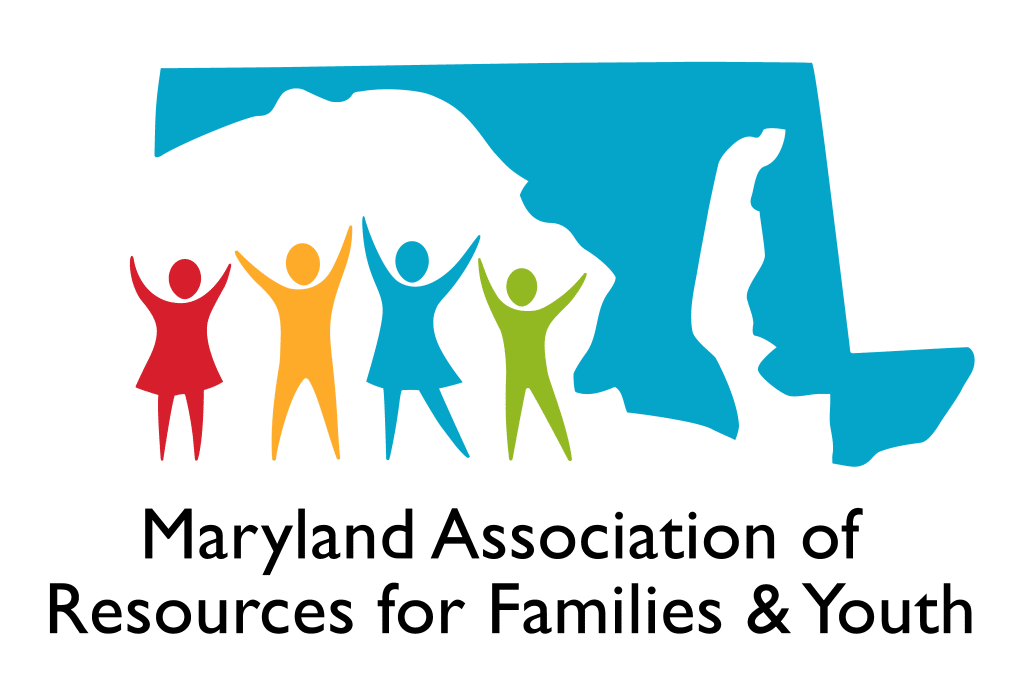 A nonprofit should engage in organizational evaluation to ensure that all financial resources and human capital are being used toward fulfilling its mission.
A nonprofit should engage in organizational evaluation to ensure that all financial resources and human capital are being used toward fulfilling its mission.
Defined, cost-effective procedures must be used for evaluating, both qualitatively and quantitatively, programs and projects in relation to mission. These procedures should address programmatic efficiency and effectiveness, outcomes for program participants, and the relationship of these outcomes to the cost of achieving them.
Evaluations should include input from program participants and should monitor the satisfaction of participants. They should be candid and should be used by leadership to strengthen the organization’s effectiveness, and, when necessary, be used to make programmatic changes.
As the Standards for Excellence: An Ethics and Accountability Code for the Nonprofit Sector states, “a nonprofit should engage in organizational evaluation to ensure that all financial resources and human capital are being used toward fulfilling its mission.” Nonprofit leaders should carefully consider how much effort is expended on the organization’s various program areas.
While the Standards for Excellence Institute does not stipulate a single way for nonprofits to determine organizational effort, most nonprofits find that organizational effort can be calculated by taking into account how much financial and staff (volunteer and paid) resources are dedicated to specific programs in relation to one another and the organization’s overall program expenditures. Many organizations find that these percentages can be simply derived by reviewing budgets, financial statements and the organization’s annual informational tax return with the Internal Revenue Service, Form 990. Other organizations, particularly those with significant volunteer contributions may develop an alternative approach that places greater emphasis on the breakdown of work done by various stakeholder groups than on strictly financial criteria.
Here’s an example of the breakdown of organizational effort for a sample nonprofit:
|
Program |
Description |
Clients Served |
Percentage of Effort |
|
Program A |
|
|
50% |
|
Program B |
|
|
25% |
|
Program C |
|
|
20% |
|
Program D |
|
|
5% |
Our Program Evaluation educational resource packet explains why program evaluation is important, where evaluation fits in to the program cycle, and various approaches to evaluation. A list of resources at the end leads you to more in-depth information for designing and completing your own evaluations and/or for working with professional evaluators.
For access to our Program Evaluation Educational Resource Packet and other resources, join Maryland Nonprofits today!
From the Standards for Excellence®: An Ethics and Accountability Code for the Nonprofit Sector. The Standards for Excellence code, developed by the Standards for Excellence Institute, includes specific benchmarks and measures that provide a structured approach to building capacity, accountability, and sustainability in your nonprofit organization. The code identifies 6 major areas of nonprofit governance and management: Mission, Strategy, and Evaluation; Leadership: Board, Staff, and Volunteers; Legal Compliance and Ethics; Finance and Operations; Resource Development and Fundraising; and Public Awareness, Engagement and Advocacy.
The Standards for Excellence® Institute, a program of Maryland Nonprofits, provides the best possible resources to nonprofits nationwide, helping build their capacity to effectively and efficiently meet the needs of their communities. Members of Maryland Nonprofits gain access to an online community with an expansive library of resources and customizable templates. Membership with Maryland Nonprofits is designed to help you raise more money, develop your board, build relationships, learn, save on the things you need to run your organization, and amplify your voice in Annapolis. Join today.





